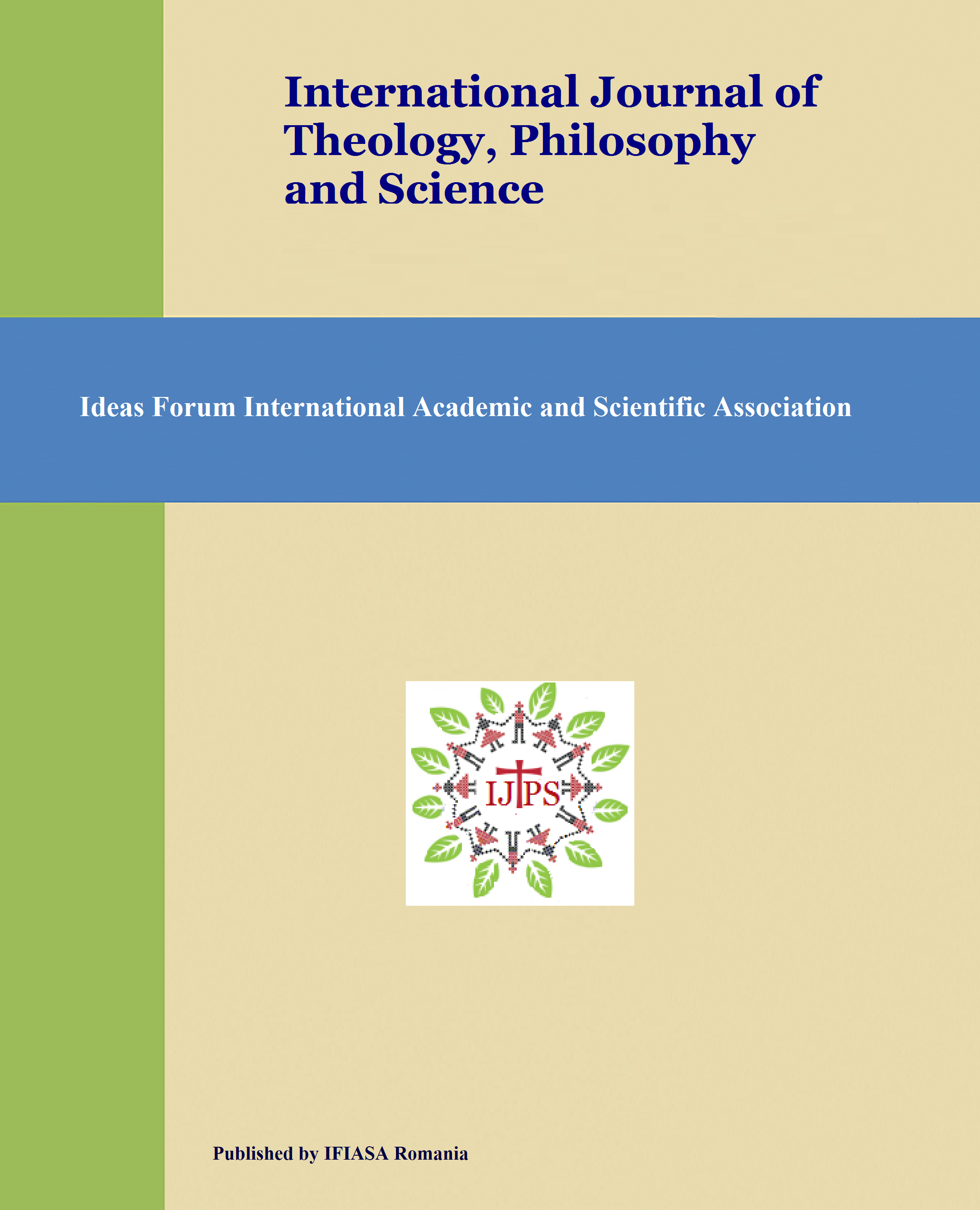AN INTERPRETATION OF ADAM S FALL IN THE LIGHT OF FAR EASTERN PSYCHOLOGY
AN INTERPRETATION OF ADAM S FALL IN THE LIGHT OF FAR EASTERN PSYCHOLOGY
Author(s): Bharat JhunjhunwalaSubject(s): Philosophy, Ethics / Practical Philosophy, Biblical studies
Published by: Ideas Forum International Academic and Scientific Association
Keywords: Bible; Genesis; Original Sin; Adam; Eve; Serpent; Tree of Knowledge; Tree of Life; spinal cord; humankind;
Summary/Abstract: One must not pursue a concordism or discordism of theology and science but their dialogue towards creating a mutual understanding. We make an effort in this direction by reinterpreting certain Hebrew words in the narrative of Adam; and by brining insights from far eastern psychology into play. The conventional understanding is that the creation of Adam from “dust” was the beginning of “spiritual mortality.” However, Adam transgressed and did not follow spiritual morality. We rely on the far eastern narrative of creation and propose that “dust” may refer to the implanting of negative qualities by God to break the primitive bliss and take the first steps to “draw all people to myself” (John 12:32). The conventional understanding is that God prohibited Adam and Eve from eating of the Tree of Knowledge. We note that God had placed the Tree in the middle of the Garden. We suggest that God did this so that Adam would see and partake of it. Also, Adam had not eaten of the Tree till the alleged prohibition was pronounced. There was no occasion to prohibit him from doing what he was not doing anyways. We propose that God wanted them to eat of the Tree. Their error was in making delay in eating of it and then of trying to devour the Tree. The conventional understanding is that the speaking serpent is correlated with near eastern depiction of serpents as adversaries. The role of the serpent, however, was also positive since it led Adam and Eve to eat of the Tree and to the opening of their eyes. We propose that the serpent was the far eastern symbolism of the unconscious impulses emanating from one’s own spinal cord. We find that these interpretations make the Biblical narrative sync with science and also give it a positive ambience. These interpretations are consistent with the majesty of Jesus Christ in helping establish a conscious connection between man and God. The process by which these far eastern narratives may have entered the Bible require further investigations.
Journal: International Journal of Theology, Philosophy and Science
- Issue Year: 6/2022
- Issue No: 11
- Page Range: 63-78
- Page Count: 16
- Language: English

